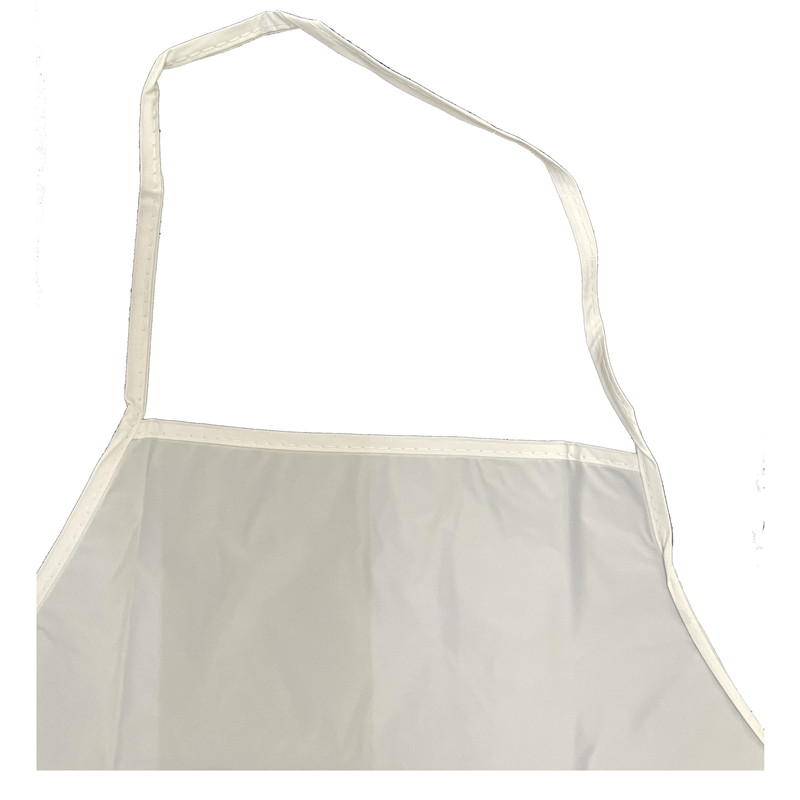Oct . 21, 2024 18:46 Back to list
Exporters of Waterproof Clothing and Accessories for All Weather Conditions
Exploring the Landscape of Waterproof Wear Exporters
In today's rapidly changing global marketplace, waterproof wear has emerged as a crucial sector within the apparel industry. As consumers become increasingly aware of the importance of quality outdoor gear, waterproof clothing has become more than a mere convenience—it is now a necessity for adventurers, workers, and everyday individuals alike. This article delves into the fascinating world of waterproof wear exporters, examining their role in the global economy, the innovations driving the industry, and the challenges they face.
The Growing Demand for Waterproof Wear
The demand for waterproof clothing has surged in recent years, driven by various factors including climate change, outdoor recreational activities, and the rising popularity of adventure sports. Consumers seek products that offer protection against the elements, whether they are hiking, cycling, or simply commuting in inclement weather. This has opened up vast opportunities for exporters of waterproof wear, who cater to a diverse range of markets—from high-end outdoor brands to budget-conscious retailers.
Key Players in the Export Market
Waterproof wear exporters are often located in regions known for their manufacturing capabilities, such as China, Bangladesh, Vietnam, and Turkey. These countries benefit from established supply chains, skilled labor, and competitive production costs. Major players in the industry include brands like The North Face, Patagonia, and Columbia, which not only design high-quality waterproof apparel but also drive innovation in fabrics and manufacturing processes.
The export of waterproof wear involves intricate logistics and compliance with international regulations. Exporters must ensure that their products meet the quality standards required by retailers and consumers in destination markets. This includes certifications related to water resistance, breathability, and durability, which are critical factors for outdoor gear.
Innovations in Waterproof Technologies
With innovation at the forefront of the waterproof wear market, exporters are constantly exploring new materials and technologies. The introduction of advanced fabric technologies such as Gore-Tex, eVent, and other proprietary membranes have revolutionized the industry. These materials provide unparalleled protection against water while allowing for breathability, translating to increased comfort for the wearer.
waterproof wear exporters

Moreover, eco-friendly initiatives are gaining traction, as consumers become more environmentally conscious. Many exporters are now focusing on sustainable practices by using recycled materials and adopting sustainable manufacturing processes. Brands that prioritize eco-friendliness are attracting a dedicated consumer base willing to invest in high-quality, responsibly-made waterproof wear.
Challenges Facing Waterproof Wear Exporters
Despite the promising growth in the waterproof wear market, exporters face several challenges. Supply chain disruptions, particularly in the wake of global events such as the COVID-19 pandemic, have impacted production timelines and distribution. Fluctuating raw material costs and labor shortages have also posed significant hurdles.
Moreover, competition within the marketplace is fierce. With brands emerging from various regions and price points, exporters must differentiate their offerings to maintain market share. This includes not only focusing on product quality and technological advancements but also enhancing marketing strategies to effectively communicate their brand’s unique value proposition.
The Future of Waterproof Wear Exporters
Looking ahead, the waterproof wear export market is poised for continued growth. As outdoor activities become increasingly mainstream and consumers prioritize quality and sustainability, exporters will likely adopt strategies that align with these trends. Leveraging e-commerce platforms can also open new avenues for reaching global consumers, allowing brands to bypass traditional retail constraints.
To remain competitive, exporters must embrace innovation in both product development and marketing. Collaborating with outdoor enthusiasts and understanding consumer needs will be crucial in shaping future products. Additionally, investing in sustainable practices will enhance brand loyalty and appeal to a growing demographic of environmentally conscious consumers.
Conclusion
In summary, waterproof wear exporters play a vital role in the global economy, connecting high-quality products with consumers seeking protection against the elements. As challenges arise, so too do opportunities for innovation and growth. By embracing sustainable practices and leveraging technology, waterproof wear exporters are well-positioned to thrive in an ever-evolving marketplace, ensuring that they not only meet but exceed the expectations of today’s discerning consumers.
-
High-Quality Body Storage Bags – Reliable Manufacturer, Factory & Exporter
NewsJul.08,2025
-
High-Quality PE Cadaver Bag for Pets Reliable Manufacturer & Supplier
NewsJul.08,2025
-
Medical Depot - Leading Medical Depot Factory, Manufacturer & Exporter
NewsJul.08,2025
-
High-Quality Work Raincoat – Reliable Manufacturer & Exporter Direct from Factory
NewsJul.07,2025
-
High-Quality Pet Dead Body Bag - Reliable Manufacturer, Factory & Exporter
NewsJul.07,2025
-
High-Quality Vinly Vest Manufacturer & Exporter Custom Vinly Vest Factory
NewsJul.06,2025





